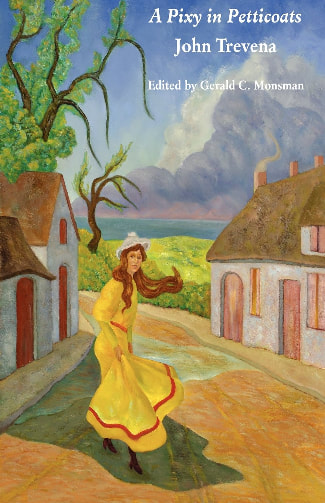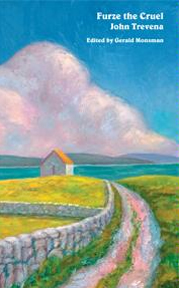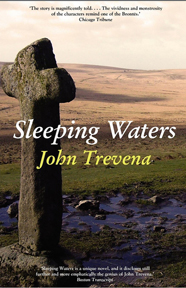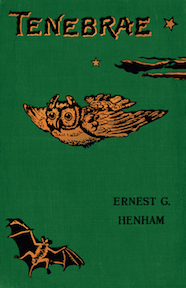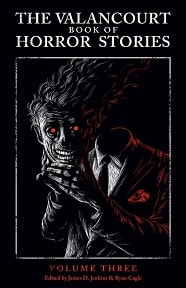|
BOOK DETAILS
Trade paper ISBN-13: 978-1934555811 List Price: $17.95 U.S. Pages: 248 Published: 2012 |
A Pixy in Petticoats (1906)
John Trevena, Edited by Gerald C. Monsman Book Description
Ernest George Henham (b.1870) first began publishing occult fiction in the 1890s, but when his health began to fail, doctors recommended the salutary air of Dartmoor. Taking their advice, he relocated from London to Devonshire, where he abjured his former literary productions and reinvented himself under the name of "John Trevena." A Pixy in Petticoats, published anonymously by Alston Rivers of London in 1906, remained one of Trevena's most popular novels, although he is perhaps better known today for his trilogy of life upon Dartmoor comprising Furze the Cruel (1907), Heather (1908), and Granite (1909). In Pixy, a fictionalized rendition of Trevena named Burrough takes up residence in Dartmoor, where, consumptive, and approaching thirty-five, he believes his days of romance are long behind him. That is, at least, until he meets the bewitching Beatrice Pentreath, herself a beguiling pixy like the ones that co-existed with Cornish men and women dating back to before the time of her ancestor, Dolly Pentreath, the last native speaker of Cornish. Burrough falls madly in love with the coy Beatrice, but when a military accident leaves him disfigured, he questions whether he can ever win her love. The story of the relationship between these two lovers, by turns comic and light-hearted and devestatingly tragic, forms the plot of A Pixy in Petticoats, which, like many of Trevena's novels, remains as enchanting and haunting as when first published, and which, as Prof. Gerald Monsman argues in his introduction, deserves reconsideration alongside the novels of Thomas Hardy as a crucial English regional novel of the Edwardian period. "A Pixy in Petticoats' is as good a story of Dartmoor as has been written these many moons." - Evening Standard "A glance at any chapter is almost as good as a breath of that breeze which charges at you on the top of Hay or Yes Tor." - Bystander "The story is built up with quite exceptional skill. The writing is consistently brilliant." - Liverpool Courier "A romance of many merits." - Express |
ALSO AVAILABLE THROUGH ONLINE RETAILERS
|
EBOOK
Kindle US |
MORE TITLES BY THIS AUTHOR
AUTHOR BIOGRAPHY
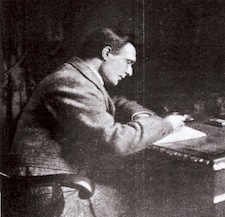
Ernest George Henham (“John Trevena”) was born in England in 1870, and as a young man travelled to America and Canada and lived for some time in the Canadian Northwest. His experiences in Canada, including his memories of the Riel Rebellion in the 1880s, provided the inspiration for some of his early works, which were published under his own name. As Ernest G. Henham, he published Menotah: A Tale of the Riel Rebellion (1897), which ran into at least three editions, God, Man & The Devil: A Novel (1897); the weird Gothic horror novel Tenebrae (1898); Bonanza: A Story of the Outside (1901); Scud: The Story of a Feud (1902); The Plowshare and the Sword: A Tale of Old Quebec (1903); ‘Krum’: A Study of Consciousness (1904); and The Feast of Bacchus: A Study in Dramatic Atmosphere (1907).
Suffering from ill health, he moved to Dartmoor around this time. In the words of a contemporary, “It is one of the strangest facts in literary history that a man, who had defined his place as a writer of fiction with nine novels or so, published under his own name, should have seen fit, after the Boer War, to begin his career afresh and write a long series of commercially unsuccessful novels under a pseudonym.” However, this was what Henham did, publishing A Pixy in Petticoats anonymously in 1906 before adopting the pseudonym John Trevena in 1907 for publication of Furze the Cruel. Furze was the first in a trilogy of novels focusing upon Dartmoor life, followed by Heather (1908) and Granite (1909). He continued to write prolifically, achieving widespread critical acclaim but little commercial success; his notable works include Bracken (1910), the story collection Written in the Rain (1910), Wintering Hay (1912), which the Los Angeles Times ranked with the works of Turgenev and Dostoevsky, Sleeping Waters (1913), and Moyle Church-Town (1915). Trevena’s life has become so shrouded in obscurity that as of the time of this printing even his date of death is not known, but he is believed to have died around 1946. Until Valancourt Books’ edition of Furze the Cruel in 2010, all his works were out of print, despite the near-universal critical consensus during his lifetime that his works would live on among the classics of English fiction.
Suffering from ill health, he moved to Dartmoor around this time. In the words of a contemporary, “It is one of the strangest facts in literary history that a man, who had defined his place as a writer of fiction with nine novels or so, published under his own name, should have seen fit, after the Boer War, to begin his career afresh and write a long series of commercially unsuccessful novels under a pseudonym.” However, this was what Henham did, publishing A Pixy in Petticoats anonymously in 1906 before adopting the pseudonym John Trevena in 1907 for publication of Furze the Cruel. Furze was the first in a trilogy of novels focusing upon Dartmoor life, followed by Heather (1908) and Granite (1909). He continued to write prolifically, achieving widespread critical acclaim but little commercial success; his notable works include Bracken (1910), the story collection Written in the Rain (1910), Wintering Hay (1912), which the Los Angeles Times ranked with the works of Turgenev and Dostoevsky, Sleeping Waters (1913), and Moyle Church-Town (1915). Trevena’s life has become so shrouded in obscurity that as of the time of this printing even his date of death is not known, but he is believed to have died around 1946. Until Valancourt Books’ edition of Furze the Cruel in 2010, all his works were out of print, despite the near-universal critical consensus during his lifetime that his works would live on among the classics of English fiction.

